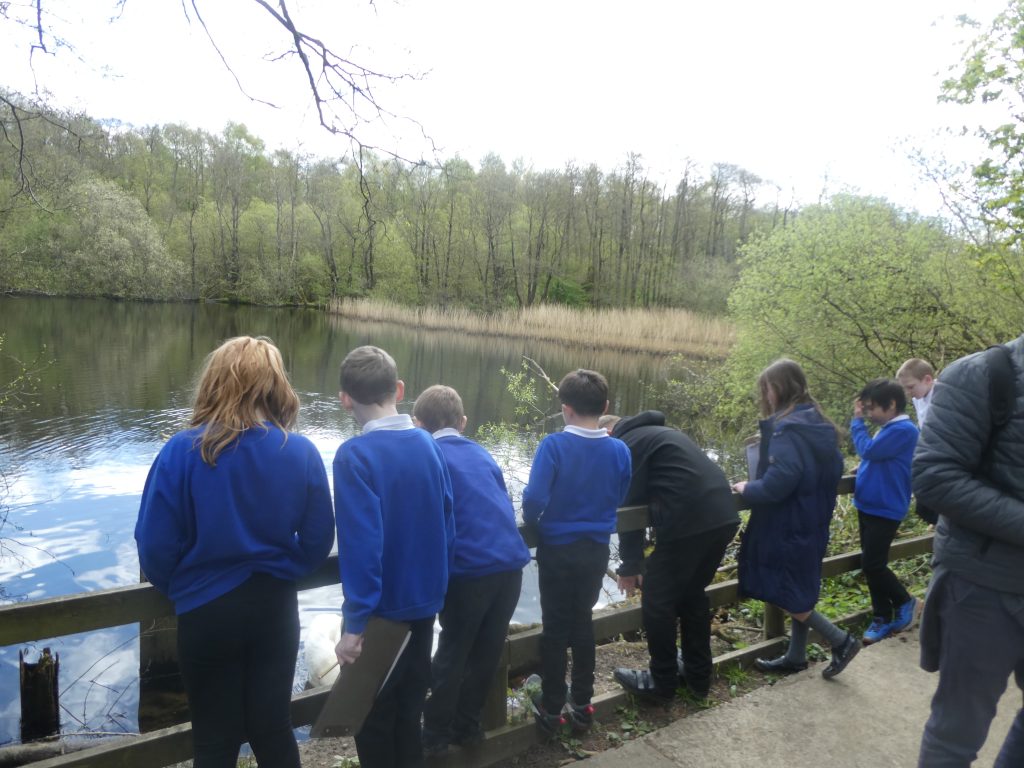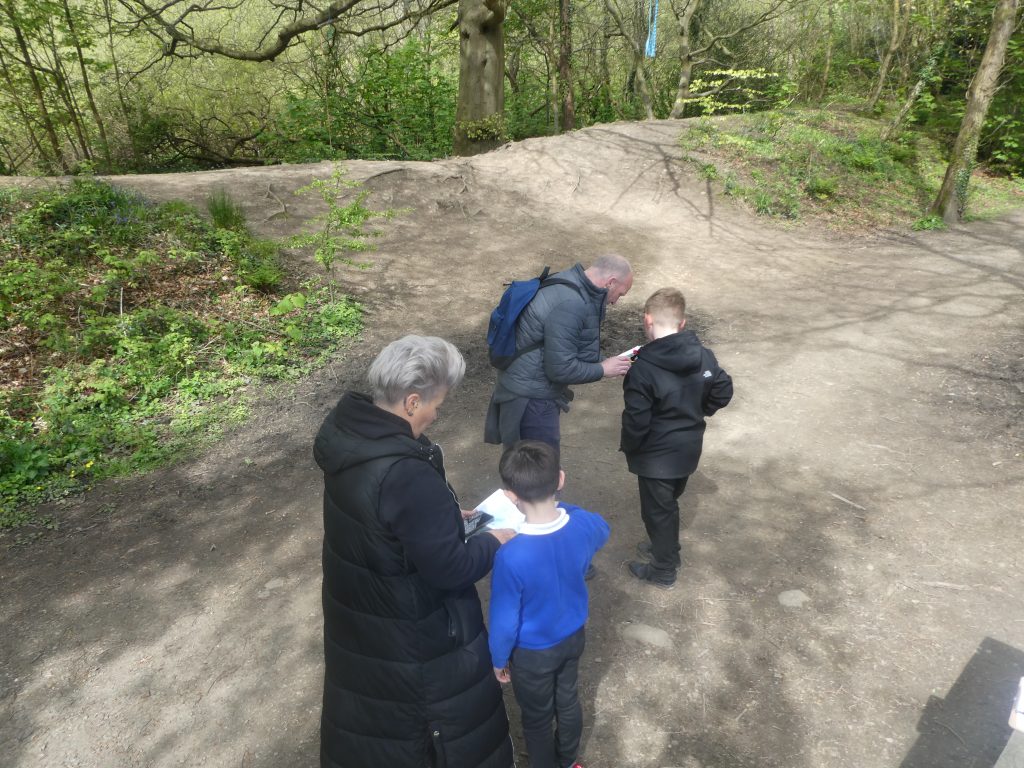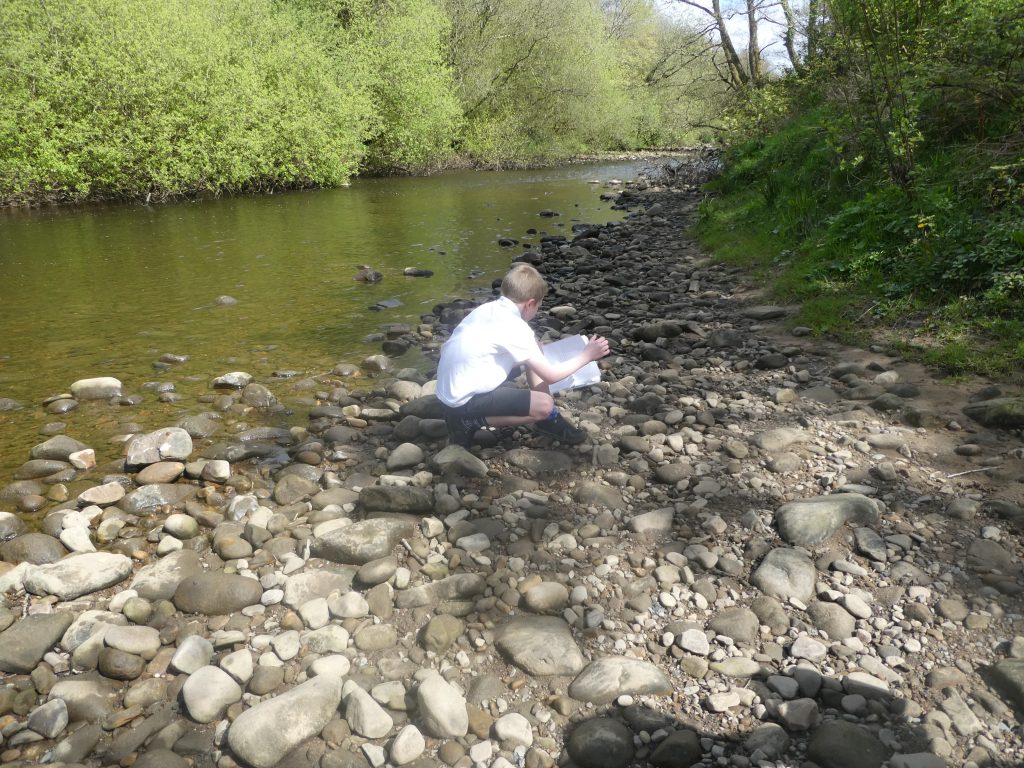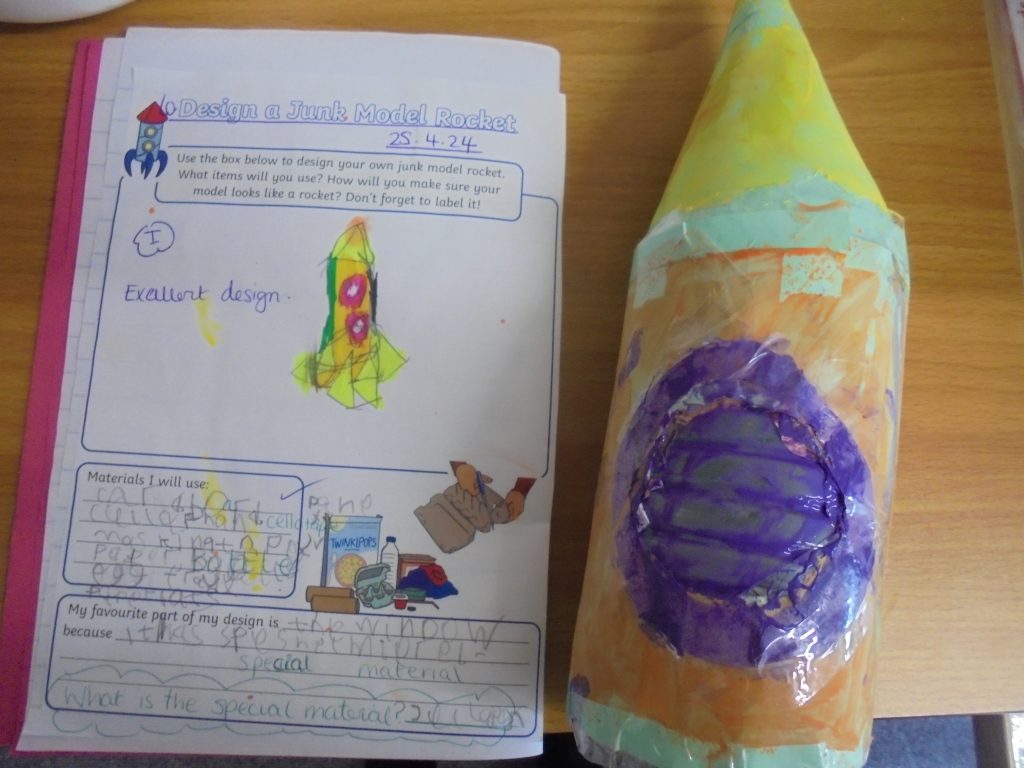
Fairsnape class enjoyed a successful trip to the Scorton Picnic Site along the river. The students had a fantastic day filled with exploration and learning.

Highlights included a guided nature walk where the children collected a list of pollution that they found on the way. You will be pleased to know not much pollution was found in the local area of the school.

Learning map skills.

Interactive sessions on local wildlife, and engaging environmental conservation activities.

The children took part in learning about river formation as well as conducting a science experiment about river flow.

The children used maps and a compass to locate their position on a map.

The day concluded with a delightful picnic and fun games, making it a memorable experience for all.



 Kelly Farnworth-HeadteacherCalder Lodge School
Oakenclough
Preston
Lancashire
PR3 1UL
Kelly Farnworth-HeadteacherCalder Lodge School
Oakenclough
Preston
Lancashire
PR3 1UL 01995 676565
01995 676565 info@calderlodge.school
info@calderlodge.school Mon-Fri: 8:00 am – 4:00 pm
Mon-Fri: 8:00 am – 4:00 pm





















